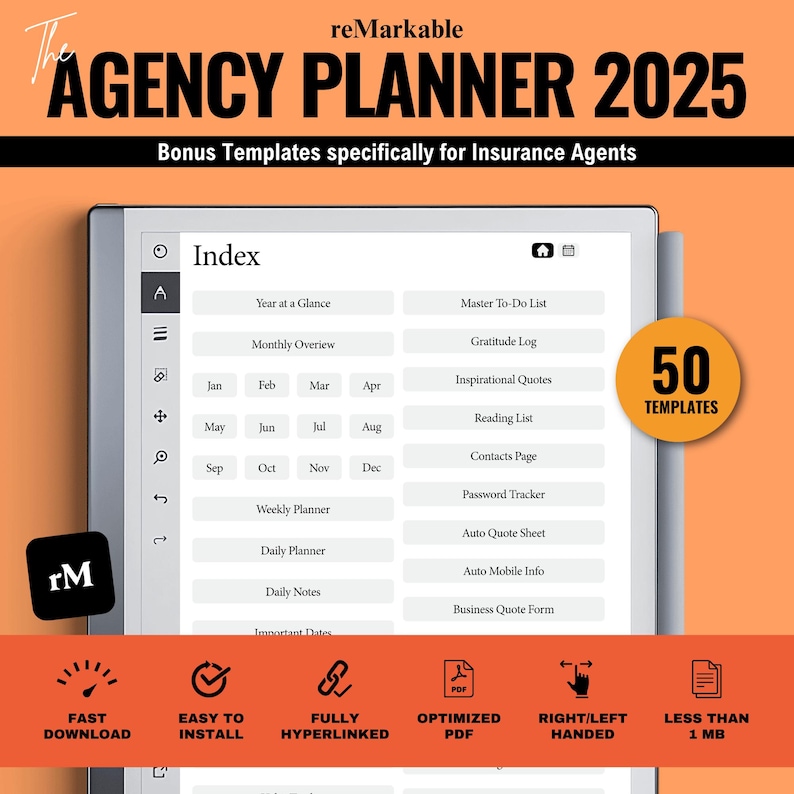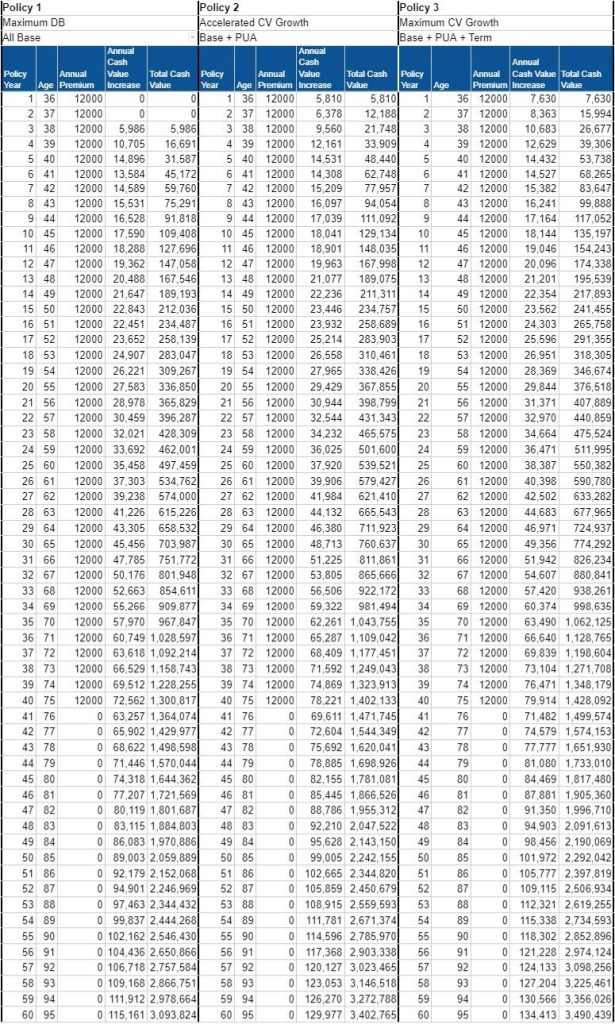When you think about life insurance, the first thing that probably comes to mind is the financial protection it offers your loved ones. But did you know that some life insurance policies do more than just provide a safety net? They actually build cash value over time—a savings component that grows steadily and can be a handy resource down the road. In this post, we’re going to break down how life insurance cash value grows, what factors influence it, and why understanding this growth can be a game-changer for your financial future. Whether you’re considering a policy or just curious about how it works, stick around—we’ll make the concept simple and easy to grasp!
Table of Contents
- How Life Insurance Cash Value Builds Wealth Gradually
- Key Factors That Influence the Growth of Your Cash Value
- Smart Strategies to Maximize the Value of Your Policy
- When and How to Access Your Cash Value Without Hurting Your Coverage
- To Conclude
How Life Insurance Cash Value Builds Wealth Gradually
When you pay your premiums, a portion is directed toward building the cash value — a unique component of permanent life insurance policies. Over time, this cash value accumulates through a combination of guaranteed interest rates and, in some policies, dividends. What makes this growth powerful is its tax-deferred nature, meaning the cash value grows without being taxed until you withdraw it. This serves as a disciplined way to save money while simultaneously protecting your loved ones.
Think of your cash value as a personal wealth-building tool with several benefits:
- Liquidity: You can borrow against the cash value for emergencies or opportunities without disrupting the policy.
- Flexibility: Use the accumulated value to pay premiums, reducing out-of-pocket expenses in tough financial times.
- Steady Growth: The cash value tends to increase steadily, which can complement other savings and investments in your portfolio.
With patience and consistent payments, the cash value can become a substantial asset, quietly contributing to your long-term financial security.
Key Factors That Influence the Growth of Your Cash Value
When it comes to building the cash value in your life insurance policy, several key elements come into play that can either accelerate or slow down its growth. One fundamental factor is the type of policy you choose—whether it’s whole life, universal life, or variable life insurance—each has its own way of accumulating cash value. Premium payments also play a crucial role; consistent and timely payments ensure your cash value grows steadily over time. Additionally, the interest rate or investment performance backing your policy will directly impact how much your cash value increases year after year.
Other important considerations include policy fees and expenses, which can reduce the overall growth of your cash value if not managed carefully. Many policies have administrative charges or surrender fees that subtly chip away at your total cash accumulation. Here’s a quick list of factors to keep in mind:
- Premium payment amount and frequency
- Policy fees and charges
- Interest rates or investment returns
- Loan usage against your cash value
- Duration the policy is held
Carefully understanding and monitoring these elements will give you greater control over how your cash value performs and grows over the years.
Smart Strategies to Maximize the Value of Your Policy
Maximizing the benefits of your policy is all about strategic planning and understanding the nuances of how cash value accumulates. One effective approach is to regularly review your policy’s performance and adjust your contributions if possible. By increasing your premium payments strategically, you can accelerate the growth of your cash value, giving you more financial flexibility down the road. Additionally, consider leveraging riders that complement your main policy—it may sound technical, but these add-ons can significantly enhance your policy’s long-term worth.
It’s also wise to think beyond just accumulation and explore how you can use your policy’s cash value strategically. Some savvy policyholders tap into their cash value through withdrawals or policy loans, using these funds for important life events or investment opportunities while still keeping their coverage intact. Just remember, not all policy loans are created equal—always review the terms carefully to avoid unexpected fees or impacts on your death benefit. Here’s a quick checklist to keep in mind:
- Monitor your policy’s cash value statements regularly.
- Use premium holidays cautiously and strategically.
- Understand withdrawal impacts on growth and benefits.
- Consult your insurance advisor before taking loans.
- Utilize available riders to boost cash value growth.
When and How to Access Your Cash Value Without Hurting Your Coverage
Accessing the cash value of your life insurance policy can be a smart financial move—if done correctly. Ideally, you want to tap into your cash value when you need liquidity but want to avoid lapsing your coverage. Many policyholders choose to withdraw or borrow against their cash value during unexpected expenses, retirement, or opportunities that require quick access to funds. However, it’s crucial to understand the impact these actions could have on the policy’s death benefit and ongoing premiums.
When considering a withdrawal, keep in mind:
- Withdrawals typically reduce your cash value and death benefit, so monitor your policy’s performance regularly.
- Loans against your cash value often have low interest rates but must be repaid to avoid policy lapse or tax consequences.
- Annual premium payments should continue as scheduled to maintain full coverage and cash value growth.
By balancing timely access with responsible management, you can make your policy work for you without sacrificing the protection you and your loved ones depend on.
To Conclude
Thanks for sticking with me through this deep dive into how life insurance cash value grows over time! Hopefully, you now feel more comfortable with the basics and can see how this feature can be a valuable part of your financial toolkit. Remember, the growth doesn’t happen overnight—it’s a steady process that rewards patience and careful planning. If you’re thinking about adding life insurance with a cash value component to your financial strategy, take your time to explore your options and chat with a trusted advisor. Here’s to making informed decisions that help secure your future and give you peace of mind! Until next time, stay savvy and take care.





